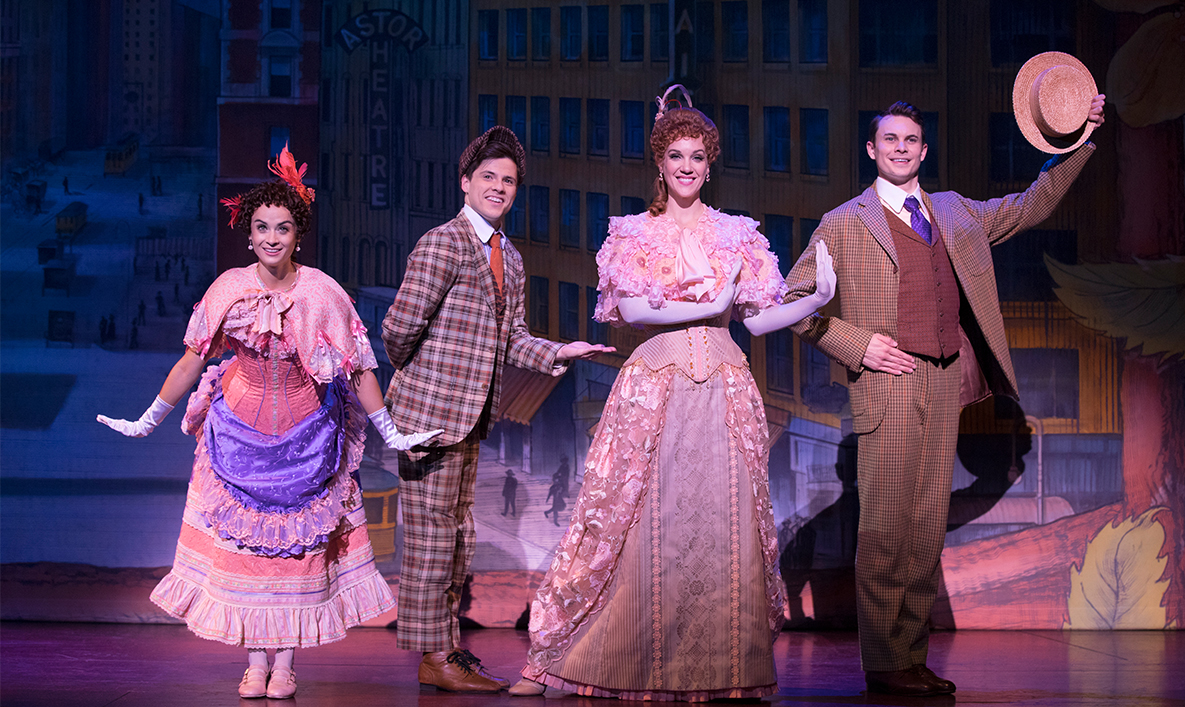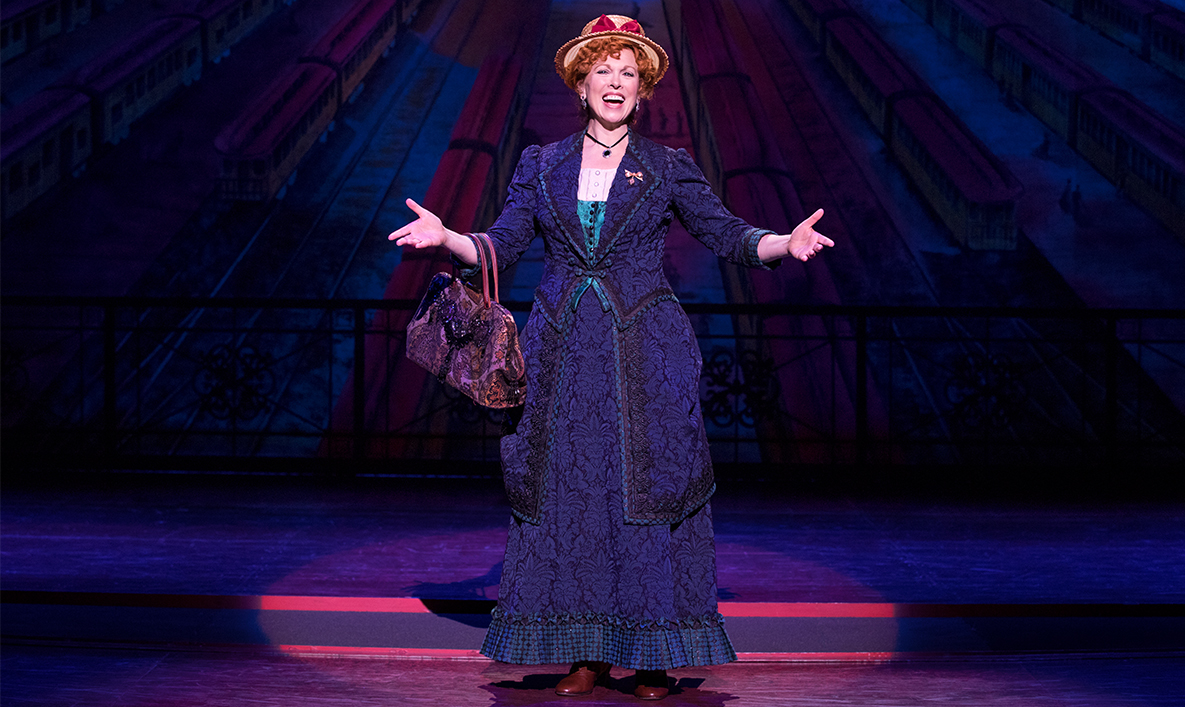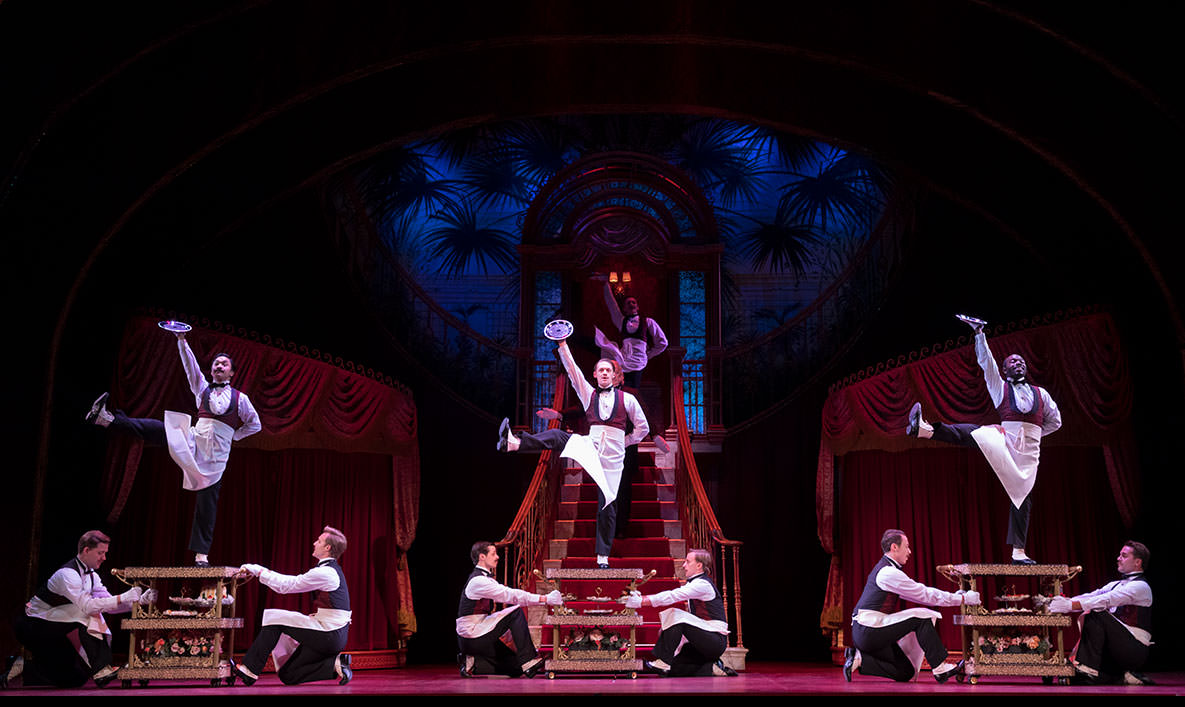
REVIEW: ‘Hello, Dolly!’ entertains Houston with songs and slapstick comedy
From Jan. 7-12, the Hobby Center for the Performing Arts along with Broadway Across America left audiences roaring as they experienced the talented cast and crew of the 2019-2020 tour of “Hello, Dolly!”

Originally premiered on Broadway in 1964, “Hello, Dolly!” tells the story of a widowed matchmaker, Dolly Levi (played in this revival by Carolee Carmello), looking to meddle in her last few ‘projects’ before she remarries. In 2017, the revival and subsequent tour brought back all the charms to a new audience.
In addition to Dolly’s perpetual meddling and side hustlin’, she is also laying out the groundwork to trick “half-a-millionaire” Horace Vandergelder (played by John Bolton) into marrying her. The B-plot includes Vandergelder’s two employees, Cornelius Hackl (played by Daniel Beeman) and Barnaby Tucker (played by Sean Burns) taking a trip from Yonkers to New York City to have their first kiss as well as Dolly’s match for Vandergelder, Irene Molloy (played by Analisa Leaming), anticipating his arrival in NYC with Molloy’s timid shop clerk, Minnie Fay (played by Chelsea Cree Groen).
Though everyone brought their A-game, when it came to vocals, Leaming’s performance in “Ribbons Down My Back” and anytime Carmello performed a solo, were standouts.
Not every joke sticks
“Hello, Dolly!” employs the use of physical comedy, meaning the characters can be saying one thing, but what they are doing with their body is what is really important. This type of comedy leaving both young and old alike giggling at the situations unfolding on stage.
Despite most musicals being progressive in their time, 54 years passing hurt one character’s comedic moments in “Hello, Dolly!” more than most and that laid in the motivations of Vandergelder. His main song “It takes a woman” did provide some chuckles for retired theatergoers, but for the younger, more diverse and more likely to be overworked audience members, it did not. It starts with jokes that he wants a 19-year-old bride, despite taking care of his 17-year-old niece, and subverts expectations that he wants her not for sexual reasons, but because her youth and vigor will give her the strength to free labor.

Some smiles wear off pretty quickly for those that remember that this is set 20 years after the 13th Amendment and the audience is living in a time of increasing wealth gaps, unhealthy work habits and a financially unstable future this doesn’t play as cute. The miser archetype is not a begone trope, but when said character ends up marrying the lead, Dolly, and has no real growth, it leaves a bad taste in one’s mouth. There is probably limitations to altering this to better translate to a modern audience, but it would be great if his character were told off more by other characters, especially Dolly, for this particular bad trait rather than all his other ones.
That being said, the historical lense did provide other laughs. The topic of class and love being thematically at the center of the story makes Dolly a more likable protagonist, not that she was not the moment she was revealed. The gig-economy of the 2010s and starting the 2020s makes her hilariously specific business cards joke land perfectly.

Charming choreography and stunning sets
The exaggerated, over the top choreography left the audience in awe. Despite the singing being exceptional, the show could replace most of it with more choreography and it would still be a stunning show. There were many moments in which tossing, throwing or balancing were aspects of the complicated busy choreography leaving the audience wondering how.
During the Jan. 7 performance, there was a cooked chicken prop that did fall during “The Waiter’s Gallop,” but one of the members of the company gracefully slid to it and tossed it to its proper place prompting the audience to applaud mid number.
The Harmonia Gardens Restaurant, the setting where most of Act II takes place, was framed in a way that gave the audience the feeling that this was a busy, high-end eatery even when just a few cast members were on stage. With a grand staircase in the center, each side was adorned in a velvet private dining room. These two rooms each had their personalities depending on what was going on behind the curtain.
The one exception to the stunning sets and steps was the Vandergelders home/shop. The design appears to be a few levels of shop clutter, but there are moments that it is not clear when the characters are outside, or if inside which part of the building they were in. In future performances, it might be clearer if everything in scene four, with the exceptions of the musical numbers, was lit differently. Everything is lit the same and because it is so compact, even with the levels, it flattens the structure and loses dimension.
The setting of the story and the time in which this musical debuted has its pros and cons, however, extravagant numbers and the enduring nature of slapstick comedy makes “Hello, Dolly!” a great show for first time theater-goers of any age.
For more tickets and more information on “Hello, Dolly!” visit hellodollyonbroadway.com.
